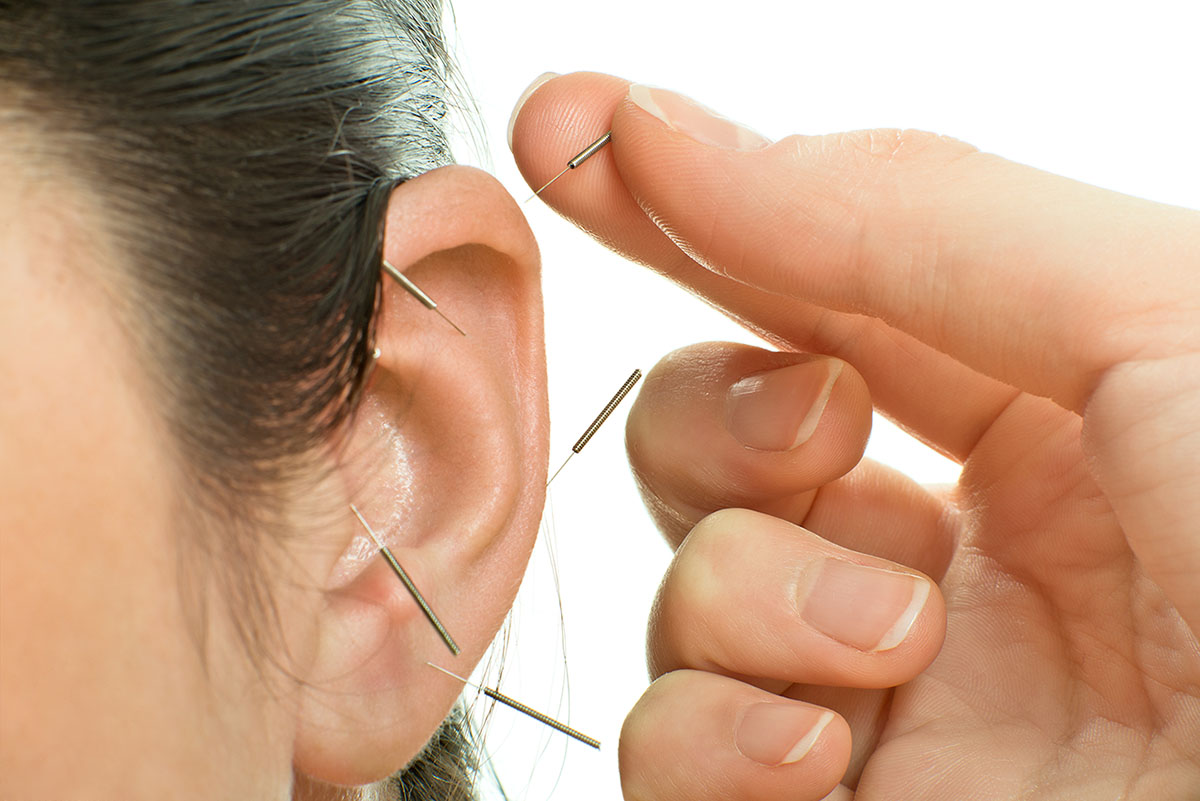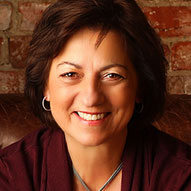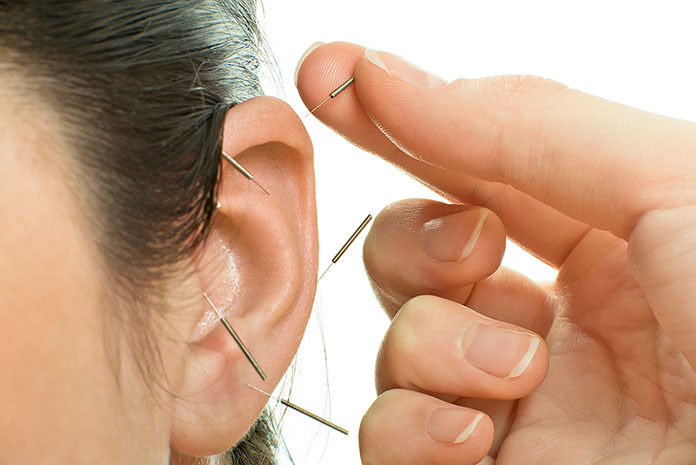
Chances are that when you think of acupuncture, you don’t picture needles being placed in your ear. It’s true, the most commonly known acupuncture points are located throughout your body, but there is actually another whole system of acupuncture that involves the anatomy of your ear.
Here are some things that you should know if you’ve never heard about ear acupuncture or if you’re thinking about trying it:
- Ear acupuncture, also called auricular acupuncture, is based on the idea that your ear is a microsystem, which is when one part of your body is treated to heal another. This is the underpinning behind foot reflexology, in which a map of your entire body is mirrored on the sole of your foot. The DNA in every cell in your body is also considered to be a microsystem, because DNA is a complete map of your genes—the microscopic blueprint of your body, which can hold the answer to curing many diseases.
- The way auricular acupuncture works is that your practitioner uses a map of your body laid out in your ear, which causes chemically triggered electrical impulses from each point to your brain. In this system, if you had problems with your lungs, your practitioner would place a needle in your ear at the point that corresponds with your lungs.
- Auricular acupuncture is actually thousands of years old and was used in ancient China. Early writings on Chinese medicine describe points both in the front and the back of the ear with specific therapeutic indications. In ancient Greece and Egypt, ear acupuncture was performed in the form of bloodletting from points in and around the ear. Today, most auricular points used are in the front of your ear.
- The first modern day systemic research on ear acupuncture was conducted in the 1950’s by Dr. Paul Nogier, a French doctor and researcher. He and other researchers studied the effects of treating ear points on thousands of patients. From his extensive research, Dr. Nogier created an ear map of the body that looks like an inverted fetus. Over time, additional ear points have been added, but many of the points on Nogier’s original map are still in use today.
- Both researchers and acupuncture clinicians have found that ear acupuncture can effectively treat a wide variety of health conditions. It’s widely used to treat pain, especially low back pain. That said, there are auricular points that link up with every part of your body. In addition, ear acupuncture can be used as a stand-alone treatment, or it can be combined with body acupuncture when appropriate.
- Because ear acupuncture is so effective for pain relief, the practice has gained the attention of mainstream Western health care providers. For example, the Veteran’s Administration offers auricular treatments in a protocol called Battlefield Acupuncture, which uses five points in each ear. This protocol can be used for immediate pain reduction, and is considered a drug-free pain treatment.
- Auricular acupuncture is also commonly used in the treatment of addictions and chemical dependency. A protocol developed by the National Acupuncture Detoxification Association (NADA) has become the go-to standard in treating patients for chemical dependency, smoking cessation and detoxification. The NADA protocol is also effective and often used to treat food cravings and to support weight loss. Like Battlefield Acupuncture, the NADA protocol uses a set of five points in each ear.
- Another common use for ear acupuncture is to treat stress, anxiety and trauma. Its effects on treating mental health conditions are so profound, that a group of acupuncturists founded Acupuncture Without Borders (AWB). These practitioners use ear acupuncture to provide relief to first responders and community members during disasters. They came into being in the aftermath of September 11, and now travel throughout the world to help people in communities that have experienced natural disasters, mass shootings and other trauma. AWB members also provide clinics to treat members of the armed forces who are experiencing post-traumatic stress.
- It may seem far-fetched that a few acupuncture needles placed in your ear can be so effective, but researchers have uncovered some physiological changes that occur during a treatment that explain why it works so well. They discovered that the cranial nerves that are located near your ears are stimulated during a treatment, which affects and may calm your autonomic nervous system—the system that controls body functions such as your blood pressure and respiration rate. Auricular acupuncture also inhibits the pathways that transmit pain signals to your brain. Scientists have also learned that auricular acupuncture promotes the circulation of feel-good neurotransmitters in your brain that help regulate your mood and generate a feeling of calm and well-being.
You don’t need to go through a disaster, PTSD or chemical dependency to experience ear acupuncture—your acupuncturist is trained in this system and can use it to treat a wide variety of conditions. They may combine ear acupuncture points with some points on your body or use auricular acupuncture as its own treatment. The bottom line is that ear acupuncture can be an effective treatment for pain, PTSD, anxiety, insomnia, stress, chemical dependency, smoking cessation and even food craving and weight loss support. If you’d like more information about auricular acupuncture, please contact our clinic.

Cindy Chamberlain is an acupuncturist in Overland Park, KS and the founder of Eastern Healing Solutions, LLC. She is licensed in Kansas and Missouri and has been practicing traditional Chinese medicine since 1996.


